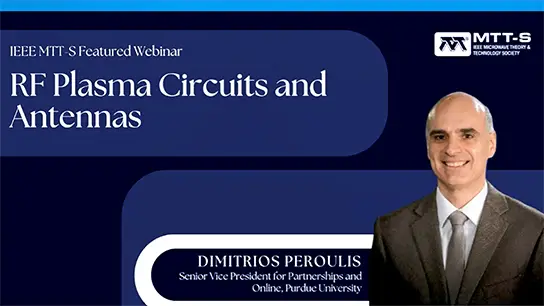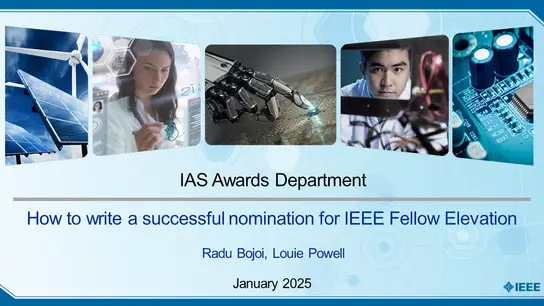Power Electronics for Electric Vehicle Battery Charging-Video
Thiago Batista Soeiro
-
Members: FreePELS
IEEE Members: $11.00
Non-members: $15.00Length: 01:13:32
Abstract:This lecture covers key aspects and trends in electric vehicle (EV) battery charging, focusing on requirements, state-of-the-art, and new developments in power electronics technologies. Starting from low-to-medium power EV chargers, two-stage conversion systems are common, including a Power Factor Corrector (PFC) rectifier followed by a DC-DC converter. These chargers can be integrated into vehicles (on-board) or located at EV charging stations (off-board), with galvanic isolation for safety. Fast DC chargers, primarily unidirectional (grid-to-vehicle), prioritize quick recharging times but need to consider grid capacity with the rise of high-power chargers near cities. Future charging infrastructures will cater to higher power demands, especially for heavy-duty electric vehicles, necessitating new investments. Innovations such as direct MV AC grid connections and the use of multilevel cascaded H-bridge circuits with medium frequency transformers will be crucial. Public battery chargers will benefit from multiport, flexible, and intelligent designs using multiplexing techniques to optimize power utilization. These systems should also incorporate energy storage to manage power demand, reduce costs, and participate in ancillary service markets, enhancing profitability. Wireless power EV chargers require further R&D for efficient circuit solutions, safety measures, and power quality management. Addressing these topics, such as foreign object detection and optimal transformer coil design, remains crucial for developing high-power wireless chargers and overcoming associated challenges.


